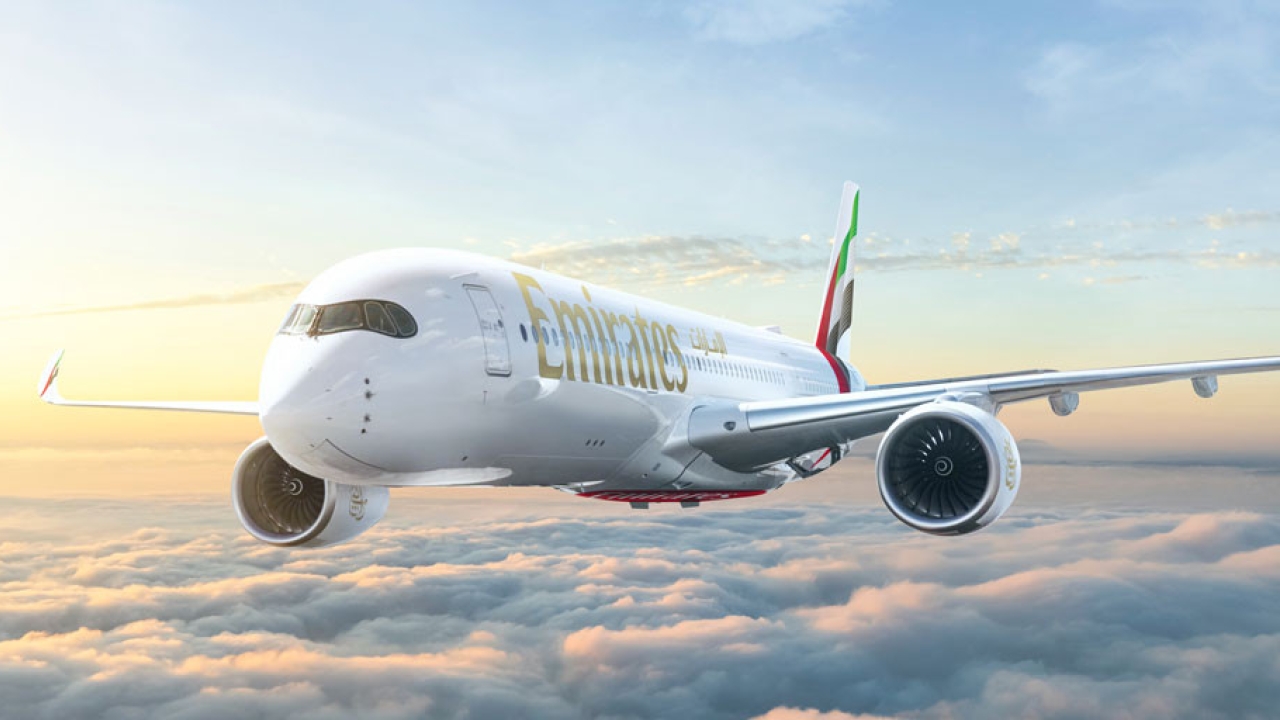African airlines posted a 6.0% rise in RPKs in September

This was a slowdown from the 6.4% growth recorded in August year-over-year. Capacity climbed 5.8% and load factor slipped for the first time in eight months, down 0.3 percentage point compared to the year-earlier period, to 81.4%.
IATA estimated that impacts from severe hurricane and typhoon activity in September shaved around 0.1-0.2 percentage point off expected growth. However, even after accounting for these impacts, monthly traffic demand was below the 6.7% year-to-date pace.
“While September’s traffic growth was in line with the long-term average, it represents a moderation compared to recent months. This is likely owing to the anticipated reduced demand boost from lower airfares due to rising airline cost pressures, particularly fuel. Heightened uncertainty about trade policies and mounting protectionist policies may also be having an impact,” said Alexandre de Juniac, IATA’s Director General and CEO.
African airlines posted a 6.0% rise in RPKs in September, down from 6.8% in August. Capacity rose 4.9% and load factor edged up 0.8 percentage point to 74.6%. The healthy growth is taking place against an increasingly challenging economic backdrop for the region’s largest economies, South Africa and Nigeria.
Other international Passenger Markets
International RPKs climbed 4.9% with airlines in all regions recording growth compared to 2017. Total capacity climbed 5.1%, and load factor dipped 0.1 percentage point to 81.2%.
Asia-Pacific airlines’ traffic rose 5.4% in September compared to the year-ago period. This was down from 7.4% annual growth in August. The steep decline in part reflects the impacts of typhoon activity in the region including the multi-day closure of Kansai International Airport. Capacity increased 4.3%, and load factor climbed 0.9 percentage point to 79.2%.
European carriers saw September RPKs rise 5.2% over September 2017, in line with August growth of 5.4%. However, the upward trend in seasonally-adjusted demand has slowed considerably since early 2018. Capacity climbed 4.9% and load factor edged up 0.2 percentage point to 87.0%, which was the highest among regions.
Middle East carriers had a 1.8% rise in demand, which was a four-month low. As in previous months, the volatility in the region’s growth rate mainly reflects the developments in 2017 such as the cabin ban on large portable electronic devices and the proposed travel bans to the US. Capacity rose 5.3%, and load factor fell 2.4 percentage points to 72.3%.
North American airlines experienced a 5.0% rise in demand in September, which was an increase over 3.7% year-over-year growth recorded in August. Capacity rose 5.4% and load factor fell 0.3 percentage point to 80.8%. Strong momentum in the US economy is helping underpin a pick-up in international demand for airlines in the region.
Latin American airlines’ demand surged 7.0%, strongest among regions and well above the 4.4% growth recorded in August. Traffic is staging a modest recovery from softness over the summer months that coincided with the general strikes in Brazil. Capacity climbed 9.8% -- also the biggest increase among regions -- and load factor fell 2.1 percentage points to 80.3%.
Stay up to date
Subscribe to the free Times Aerospace newsletter and receive the latest content every week. We'll never share your email address.

